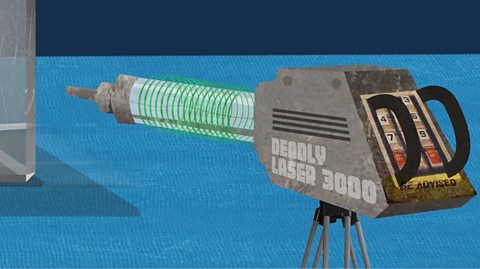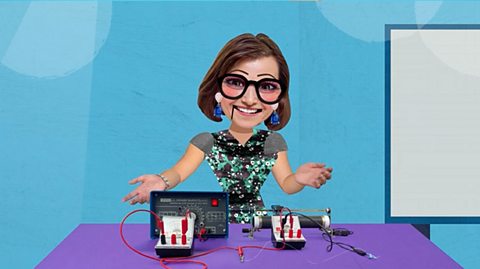Prescribed practical P3: The principle of moments
A guide to carrying out an experiment to determine the principle of moments
What is the purpose of prescribed practical P3?
To plan and carry out experiments to verify the principle of moments using a suspended metre rule and attached weights.
The principle of moments states that when an object is balanced, the sum of the clockwise moments about any point equals the sum of the anticlockwise moments about the same point.
What equation is sued to calculate the moment of a force?
Moment = force F x perpendicular distance from the pivot d.
Moment = F x d
What apparatus is used in an experiment to verify the principle of moments?
A uniform objectA uniform object is one that exhibits consistent or identical characteristics across its entire structure. For example, a meter rule, made of the same material throughout, with equal thickness and weight along its length is a uniform object. This evenness ensures accurate measurements.uniform metre rule, retort stand, boss and clamp, two 100 g mass hangers and 12, 100g slotted masses, a g-clamp, three lengths of string.
What method is used to carry out prescribed practical P3?
- Suspend the metre rule at the 50 cm mark so that it is balanced horizontally. The ruler is said to be in equilibrium. The 50 cm mark is the pivot.
- Suspend a mass, m1, from one side of the ruler a distance, d1, from the pivot. Read the distance d1 in cm, from m1 to the pivot. Record in a suitable table. Record the value of mass m1 in kg in the table too.
- Suspend a second mass, m2, from the other side of the pivot. Carefully move this mass backwards and forwards until the ruler is once more balanced horizontally. Read the distance d2 in cm from the mass m2 to the pivot. Record d2 in cm, in the table, along with the mass m2 in kg.
- Repeat several times using different masses and distances.
- Calculate the turning forces, F1 and F2, using W = mg.
- Calculate the clockwise and anticlockwise moments.
Safety
Clamp the retort stand to the bench with the g-clamp to it doesn’t fall and hurt someone or fall on their feet.
Place an obstacle, such as a stool, to keep feet from beneath the metre rule, to make sure the mass hangers don’t fall on someone’s foot.
Safety glasses should be worn in case the meter rule swings and hits someone in the eye.
Results
For ANTICLOCKWISE moment:
| Mass m1 / kg | Turning force F1 / N | Perpendicular distance from the pivot d1 / cm | Anti- clockwise Moment / Ncm |
|---|---|---|---|
For CLOCKWISE moment:
| Mass m2 / kg | Turning force F2 / N | Perpendicular distance from the pivot d2 / cm | Clockwise Moment / Ncm |
|---|---|---|---|
Conclusion
Each time the ruler balances horizontally, the results recorded in the table will show: the anticlockwise moment about the pivot = the clockwise moment about the pivot.
This then verifies the Principal of Moments.
More on Unit 3 (a): Prescribed practicals
Find out more by working through a topic
- count6 of 9

- count7 of 9
